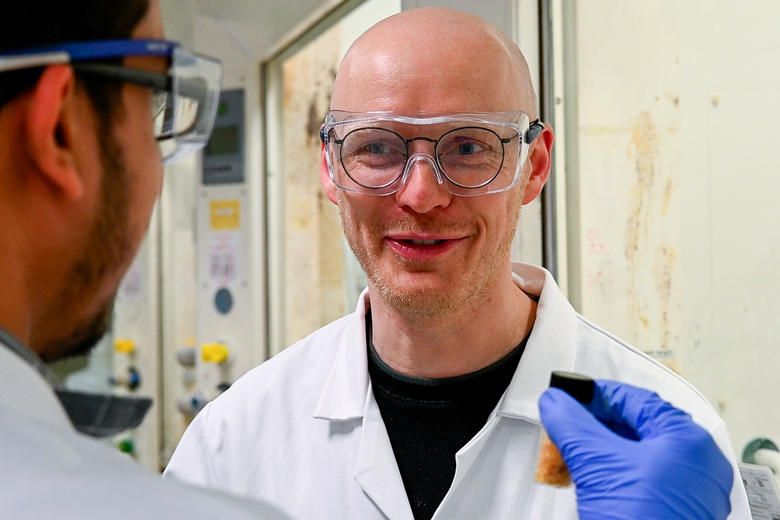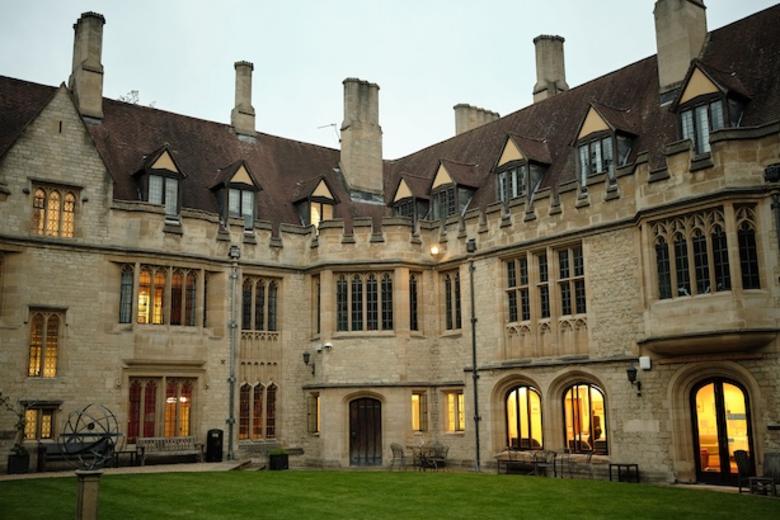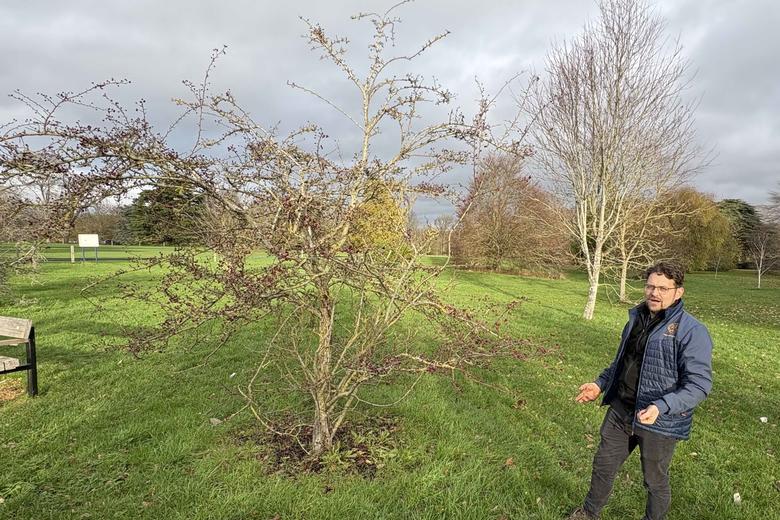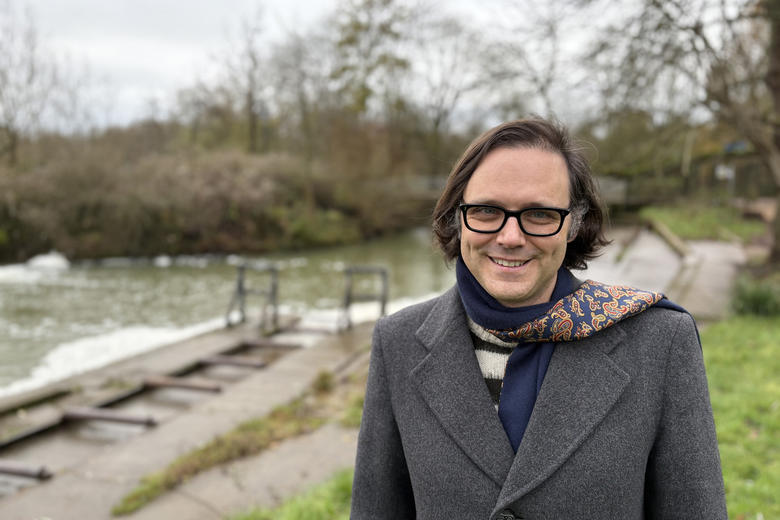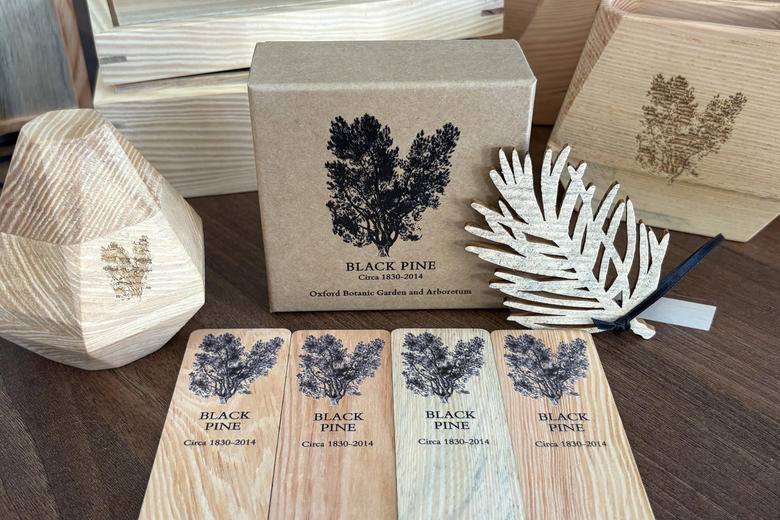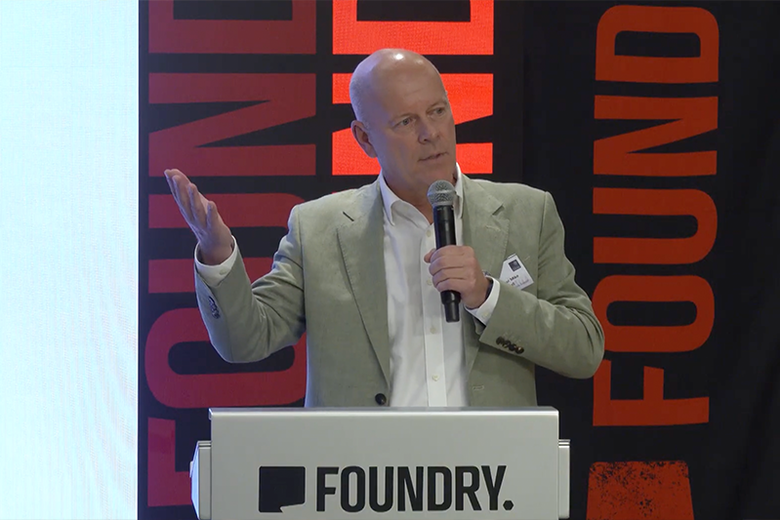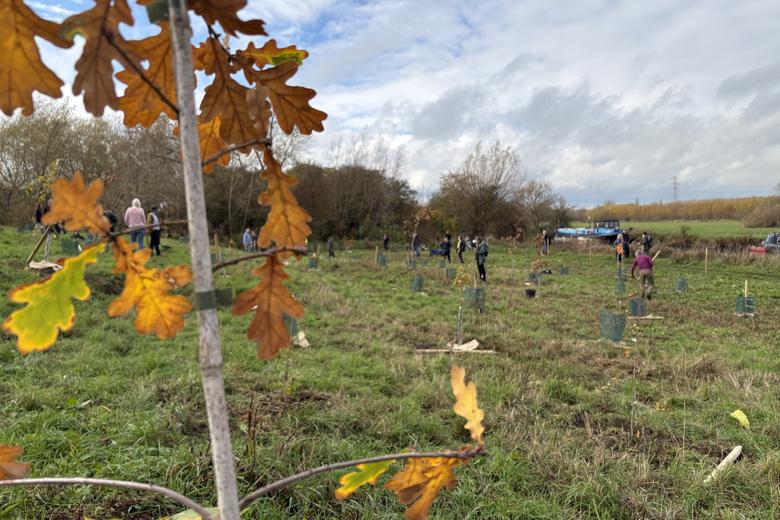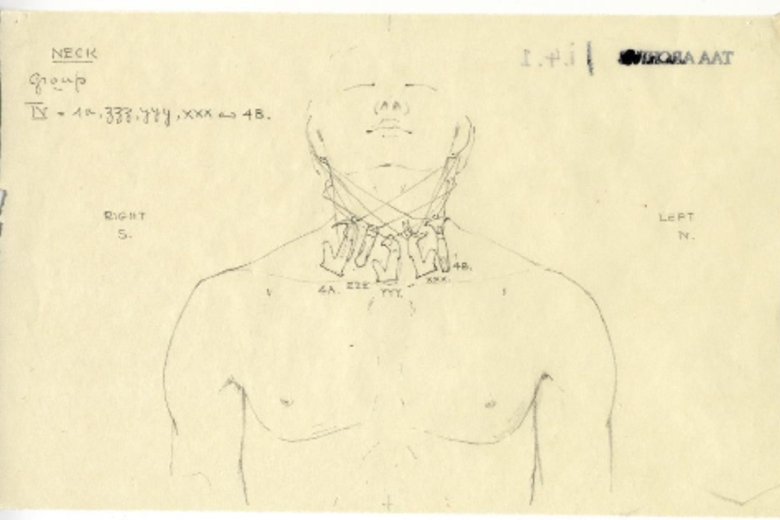PHILIP ASHMOLE

PHILIP ASHMOLE
Oxford zoologist who began to ‘rewild’ Southern Scotland before the term was known.
Published: 22 April 2024
Author: Richard Lofthouse
Share this article
Philip (Brasenose, 1954) has had a distinguished career as a zoologist specialising in sea bird ecology, including an early career, eighteen-month expedition to Ascension Island.
He says that by then he had already met Myrtle, who will follow him by turning 90 later this year (Myrtle Ashmole, below left).
‘We met at what was known then as a Christmas Conference held in Oxford, but Myrtle wasn’t a student at Oxford. She was also a zoologist but at UCL. Luckily for me she was still there when I returned two years later but not for want of other offers! But anyway yes, we got married, at Brasenose.’
Two daughters and one son soon followed, and for Philip a career that spanned long stints at Yale University and then Edinburgh University, before early ‘retirement’ with frequent research expeditions to islands including Saint Helena, Tenerife, the Azores, and Kiritimati.

The Edinburgh connection helps to explain how Philip and Myrtle settled in Peebles, in the Southern Uplands of Scotland. The Carrifran Wildwood is about thirty miles south of them, perched on the easternmost edge of Dumfriesshire.
Philip explains that he had long had an interest in the lack of woodland in that part of Scotland, noting that the eighteenth century diarist Samuel Johnson had noted when travelling the area that there was nary a tree big enough to hang a man from – the reason being that the entire landscape had been bitten to the quick by livestock for many centuries.
The term ‘Southern Uplands’, he explains, applies to all the hilly parts of Scotland south of Edinburgh, but within that broad expanse he had noted that Peeblesshire was ‘maybe the most denuded county in the United Kingdom.’
His acute awareness of this he puts down partly to having lived in the US, where enormous areas of forest remain, and ‘where you can still find something akin to wilderness, unlike in the UK.’
A fellow scientist, palynologist Richard Tipping, had already examined pollen data from soil cores taken from the Carrifran site, and they clearly indicated the presence of trees in the past. There was also the discovery in the peat at an altitude of 600m of a 6,000 year old longbow made of yew, another likely indicator. Otherwise, he says, ‘one can see only the mature trees from so-called ‘policy planting’ in the 18th and 19th century, such as beech and oak, and extensive modern conifer plantations, none of it resembling the former woodland of the area.
Appalled by this situation, a group of friends had the idea of restoring a more natural ecosystem to one substantial tract of land.
A long search led eventually to Carrifran, a wonderful ice-carved valley in the heart of the Moffat Hills. Though almost entirely denuded, there was one remarkable survivor tree protected by a small cliff. This lone rowan went on to become an inspiring beacon to many who subsequently visited or contributed to the landscape’s rejuvenation.
Anyway, a small group of volunteers got together after a long, hard-working gestation period and on January 1, 2000 began planting the sort of trees that would once have thrived here, birch and upland oak, rowan, juniper, cherry and several kinds of willows (Philip and Myrtle are shown, above right, at the very first planting).
To the criticism that true rewilding might be to do nothing, Philip argues that it was a catastrophic human intervention that destroyed the trees; so ‘accelerating a natural succession’ is an apt way for humans to repair damage to nature wrought by their predecessors.
As such, an estimated 750,000 trees have subsequently been planted by a group of volunteers and local professionals loosely clustered around the Borders Forest Trust, which Philip co-founded.
In a recent article celebrating 24 years of the Carrifran Wildwood, former student of Philip’s, Ben Martynoga, noted for an essay recently published in the Guardian newspaper, how the newly ragged and wooded landscape of the site ‘gives us a glimpse of a world that once was. But it also shows what large parts of this land could be: a sink for climate-heating carbon, a flood-mitigating sponge for freshwater; a generator of biodiversity, and a source of wonder, identity and hope for people, locally and globally.’

He continues, following a visit in March 2024, ‘The valley is now shaggy with diverse native trees. Freed of grazing pressure, wildflowers are flourishing: even on a cold, early March day, the first primroses, wood anemones, coltsfoot, and emerald green honeysuckle leaves offer bursts of colour. On the high ground, peatbogs are healing and rare arctic-montane scrub and heath are thriving. The whole place now echoes with birdsong, and golden eagles can often be seen wheeling above the crags.’
Since establishing Carrifran, the Borders Forest Trust has acquired two further significant landholdings in the vicinity, Corehead to the west and the larger Talla & Gameshope immediately to the north, for a total of 31 square kilometres, all of it acquired through crowdfunding and dubbed as the revival of ‘the Wild Heart of Southern Scotland’. The hope is to extend and consolidate this area as donations continue to flow in.
Like an Oxford college, community purpose and grassroots action have defined the project, which has now become an attraction in its own right to visitors and the local economy.
But for would-be emulators Philip has two pieces of advice, first that such projects have to be science-led, and that takes time and preparation. He was thinking about it for eight years before the first trees were planted, with conferences along the way.
Secondly, he says they – the Wildwood Group – was ‘pretty cold blooded’ meaning, ‘we were down-to earth, well organised, and very strong – the crowdfunding used to purchase the site was also developed before that term became a normal one, so we were quite early on some of this stuff.’
The future of Carrifran, a microcosm of a world subject now to climate change, is naturally something Philip gets asked about.
He says, in 2024 and on the occasion of Earthday (Monday April 22), ‘we inevitably ponder the likely future of Carrifran Wildwood as well as of the world in general. Our Wildwood Group have decided not to try to mitigate the impact of the changes, but to offer Carrifran – with its large range of altitude and variety of aspect, exposure and types of soil, as a ‘control’ site, useful for future comparison with places where land managers are attempting to adapt to the impact of climate change by making use of kinds of trees typical of warmer places.
https://bordersforesttrust.org/
Further reading:
Myrtle and Philip Ashmole 2009. The Carrifran Wildwood Story. Borders Forest Trust.
Philip and Myrtle Ashmole (eds.) 2020. A Journey in Landscape Restoration: Carrifran Wildwood and Beyond. Whittles Publishing, Dunbeath.


